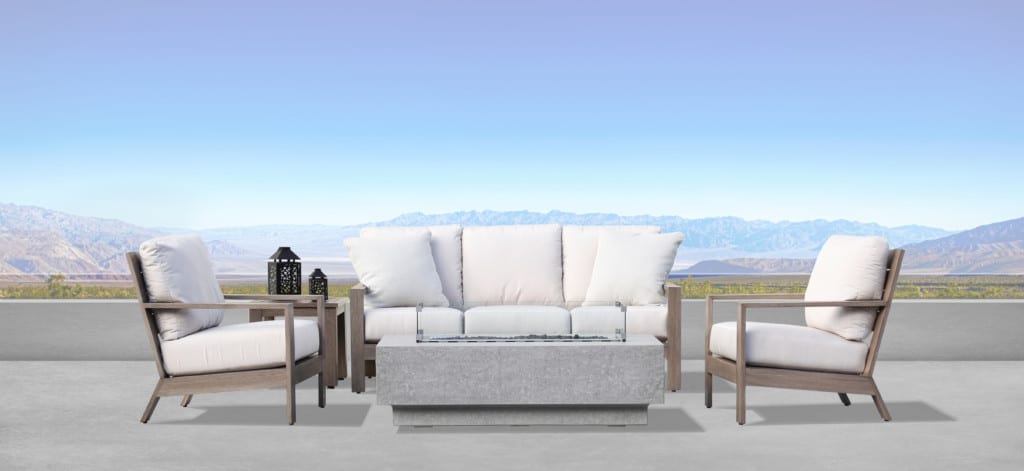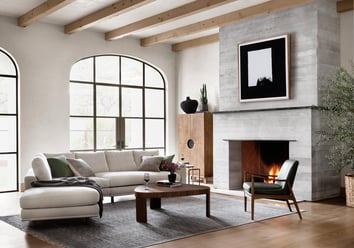A rapidly growing industry, the fast-changing trends, the hectic schedules, and a highly competitive market – these are some of the things that make interior design a challenging but exciting domain.
The good thing is that an increasing number of people and businesses are appreciating the importance of good interiors. Naturally, the demand for passionate and creative interior designers has never been higher. The growth, however, does not make things any easier for the interior designers.
Today’s interior designers must be faster, smarter, and more motivated than ever before to exceed their clients’ expectations in every way. Of course, it’s easier said than done.
To make things easier for them, we’ve created a checklist of the top 7 challenges they face.
1. Managing Costs
Managing costs is the priority for every business – interior designer or otherwise. In the case of an interior designer, what makes things particularly challenging are the multitude of cost centers – materials, labor, contractors, workers, employees, and the overheads. Add to it the frequently changing requirements of the clients, and you suddenly find yourself in a tight situation.
Detailed planning, some buffers, and clear terms of association with the client can help an interior designer avoid cost overflows.
2. Managing Time
Time – one thing that even money cannot buy. As you manage the costs, you must be ever-mindful of the project timeline and milestones. There will always be a million things to do every day. So, organize your entire day the previous night before you go to bed. Prioritize everything, allocate time accordingly, and stick to your schedule.
3. Finding the Right People
This is arguably the biggest problem every interior designer faces. You obviously cannot do everything, so you must find people – reliable people – to manage some of the tasks for you. Finding dependable contractors, suppliers, employees, workers, and other people is not easy. And, when things go wrong, it’s always your neck on the line.
That’s why, at the Sitting Pretty Design Center, we have a Designer Convenience Program, wherein we offer fully customized services that are tailored to suit the unique requirements of each interior designer. We offer a clear, realistic timeline of delivery and never fail to deliver.
4. Meeting Client Expectations
Clients often have sky-high expectations. Some clients make things even more difficult by frequently changing their requirements or failing to articulate their vision or needs well. So, when the outcome fails to match their vision, it’s inevitably the fault of the interior designer.
Therefore, it’s critical to manage client expectations, and it’s certainly an art to do it successfully. Define the outcomes as precisely as possible, set clear boundaries, stick to the timelines, and be very clear about what you can and cannot deliver.
5. Being Trendy
The fashion and décor industry is always in constant a state of flux. What’s beautiful and trendy today is not so in a few months. So, how do you create something that’s trendy and “timeless” for your clients?
The answer is – by separating trends from fads.
Something new and stylish isn’t always long-lasting. Understanding how trends work and staying on top of them is the secret to creating timeless décor. One way of doing that is by understanding the fundamentals driving the trend.
For instance, the minimalism movement is fueled by two things – the need of modern families to create ample space for themselves and their families to enjoy, and the growing importance of functionality over form. These two factors will continue to be relevant in the future too. So, minimalism isn’t going anywhere.
6. Keeping the Cash Flowing
Ask any interior designer, and they’ll attest to the fact that there is always a client who pays very late or never does. That’s why established interior businesses require an upfront deposit to get started with the project.
However, new or small interior designers do not often have the luxury to command an upfront budget. In the fight to win over the client, they may even be willing to get paid at later stages. In such situations, it’s advisable that they set shorter milestones, at the end of which they can demand smaller payments. This will not overwhelm their financial situation, while keeping it quite convenient for the clients.
7. Racing Against Time
It’s one thing managing your time when you are working on a project the likes of which you are accustomed to. But what happens when you need to work with a fast turnaround time? How do you make sure that every piece of the puzzle falls into its rightful place at just the right time?
The answer is not simple or easy. Firstly, you must invest in good relationships with your contractors, suppliers, and other people on whom you rely to deliver your projects. They usually have your back and can make the impossible possible. Secondly, fast doesn’t mean unrealistic. If you cannot do it within a client deadline, communicate it to them before the project starts. Explain to them why it’s not possible.
Lastly, this is when your operational skills will be put to the test. Prepare for them beforehand. That’s right; every project you work should prepare you to such a potential challenge in the future.
Conclusion
The organizational and management challenges facing the interior designers can be overcome only with experience. However, the market trends and client demands infuse new unknowns into the equation that can often be hard to handle.
The only way interior designers can prepare themselves for these unknowns is by staying on top of trends, being in tune with the evolving industry best practices, and understanding the emotional needs of their clients hidden behind their project requirements.






